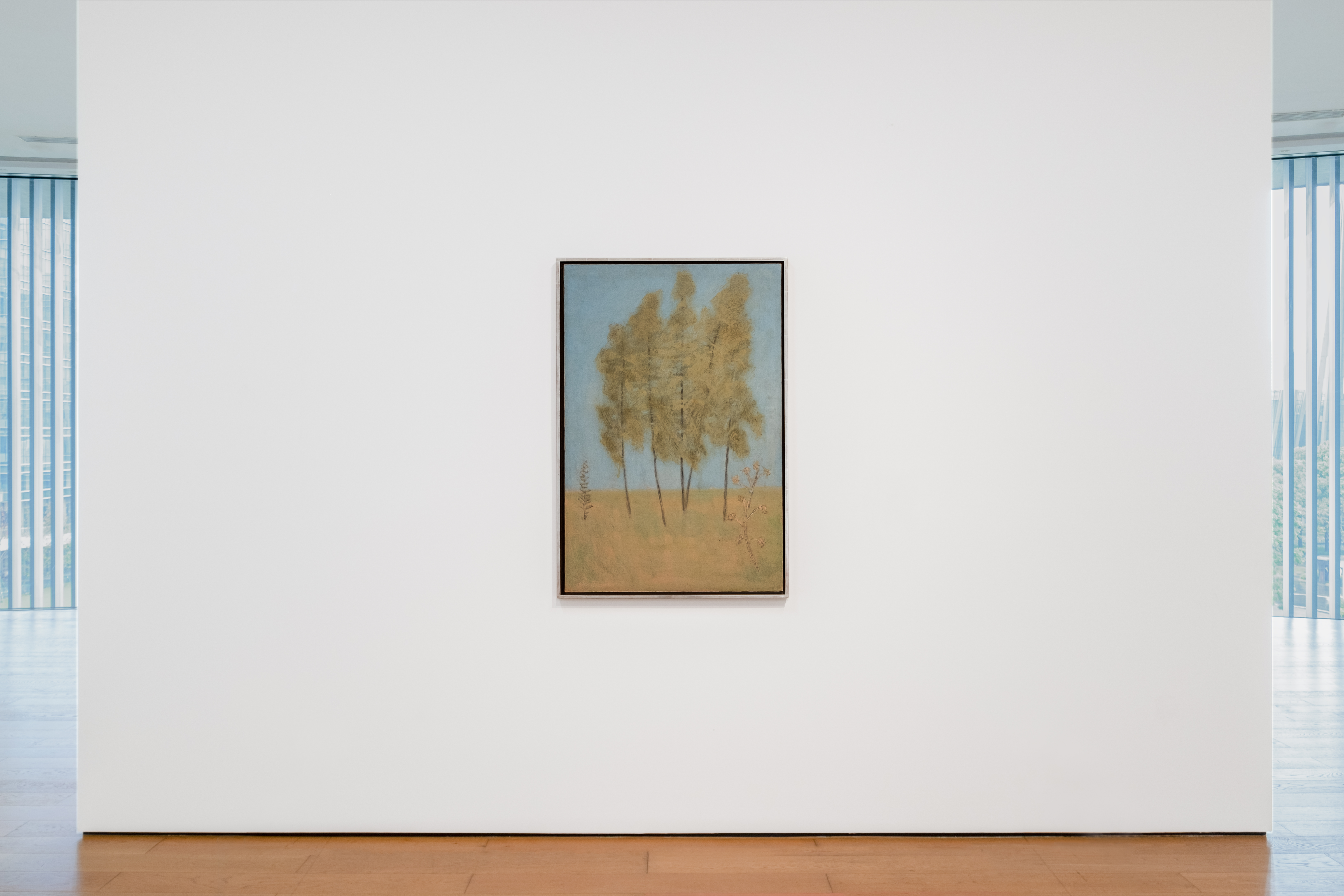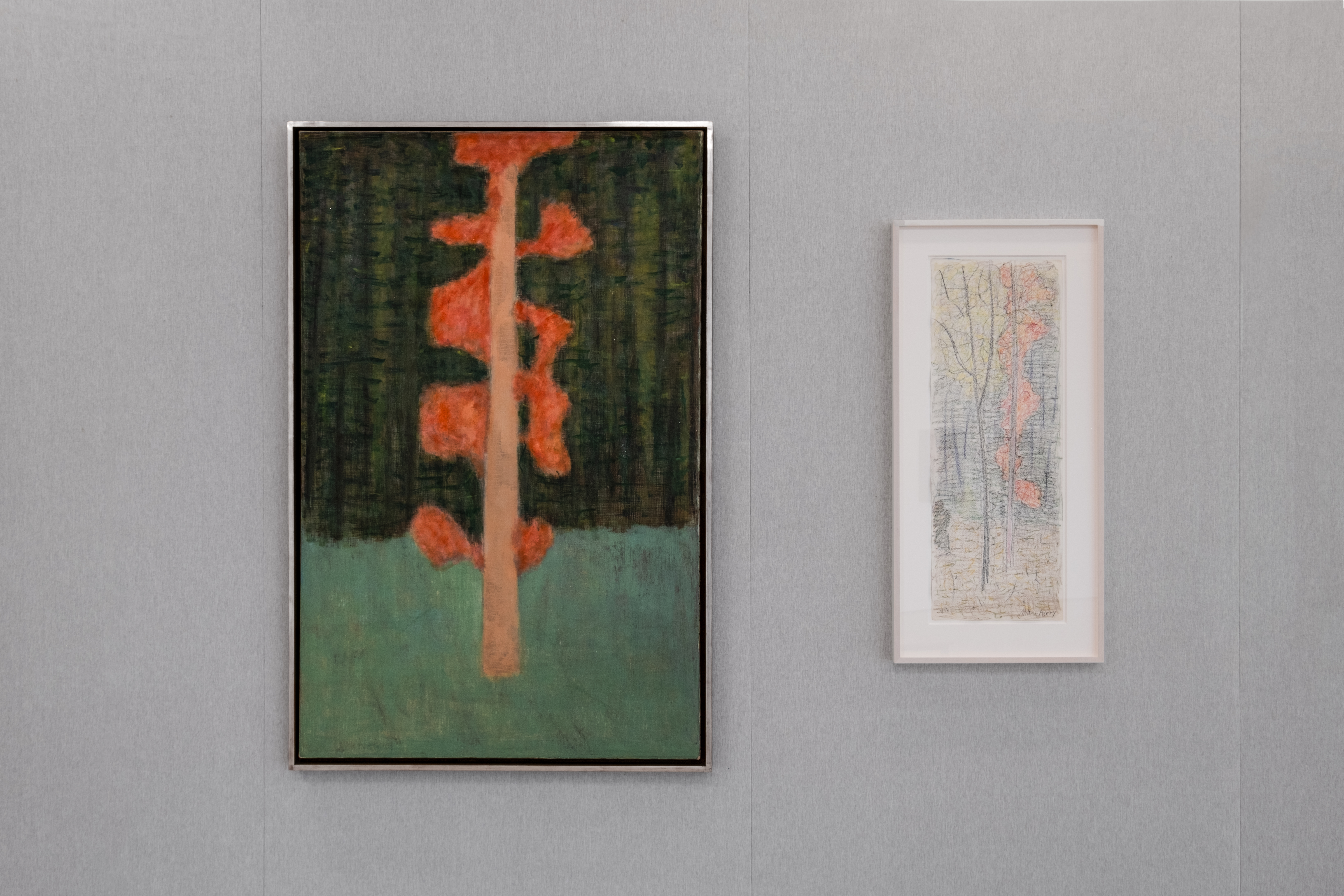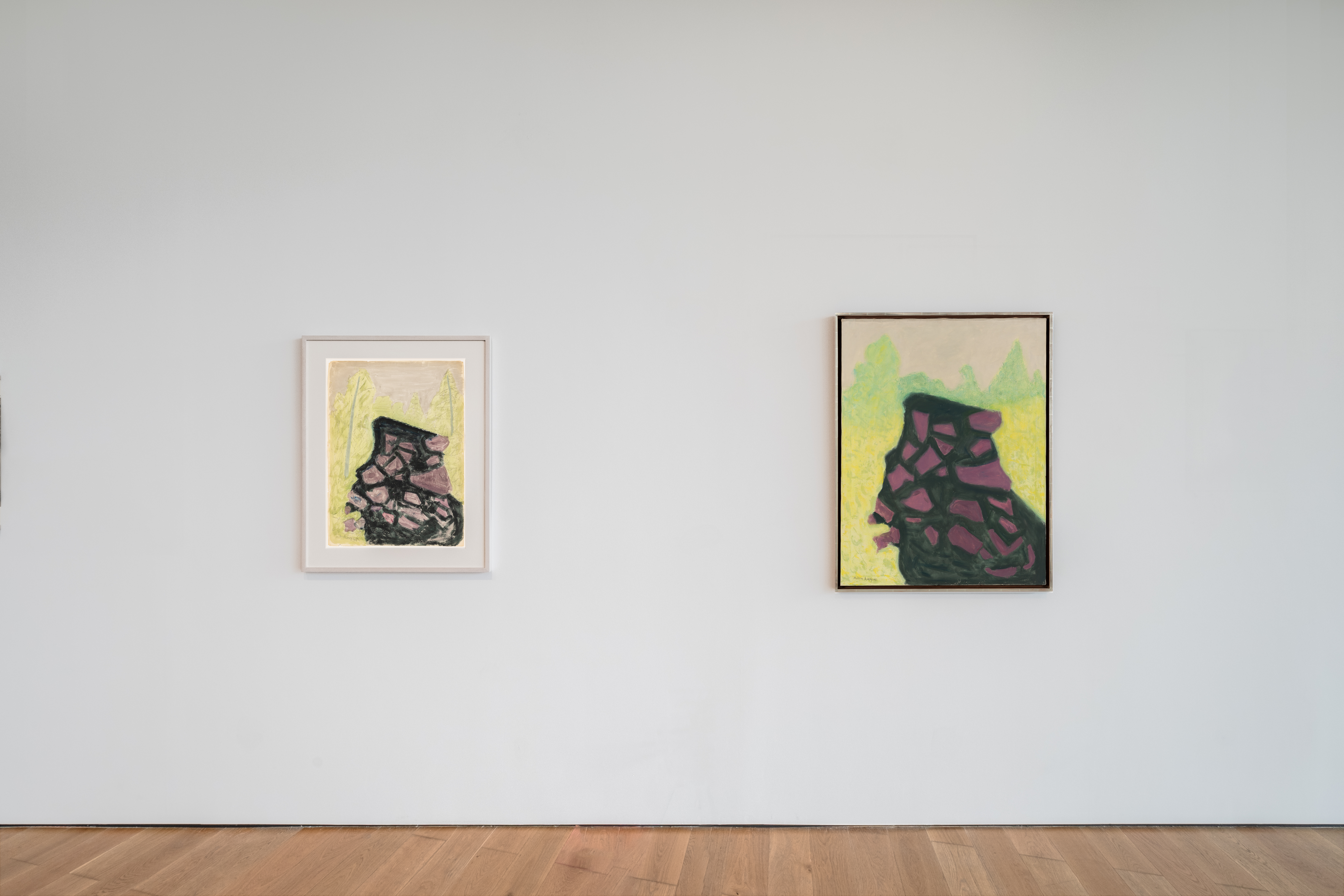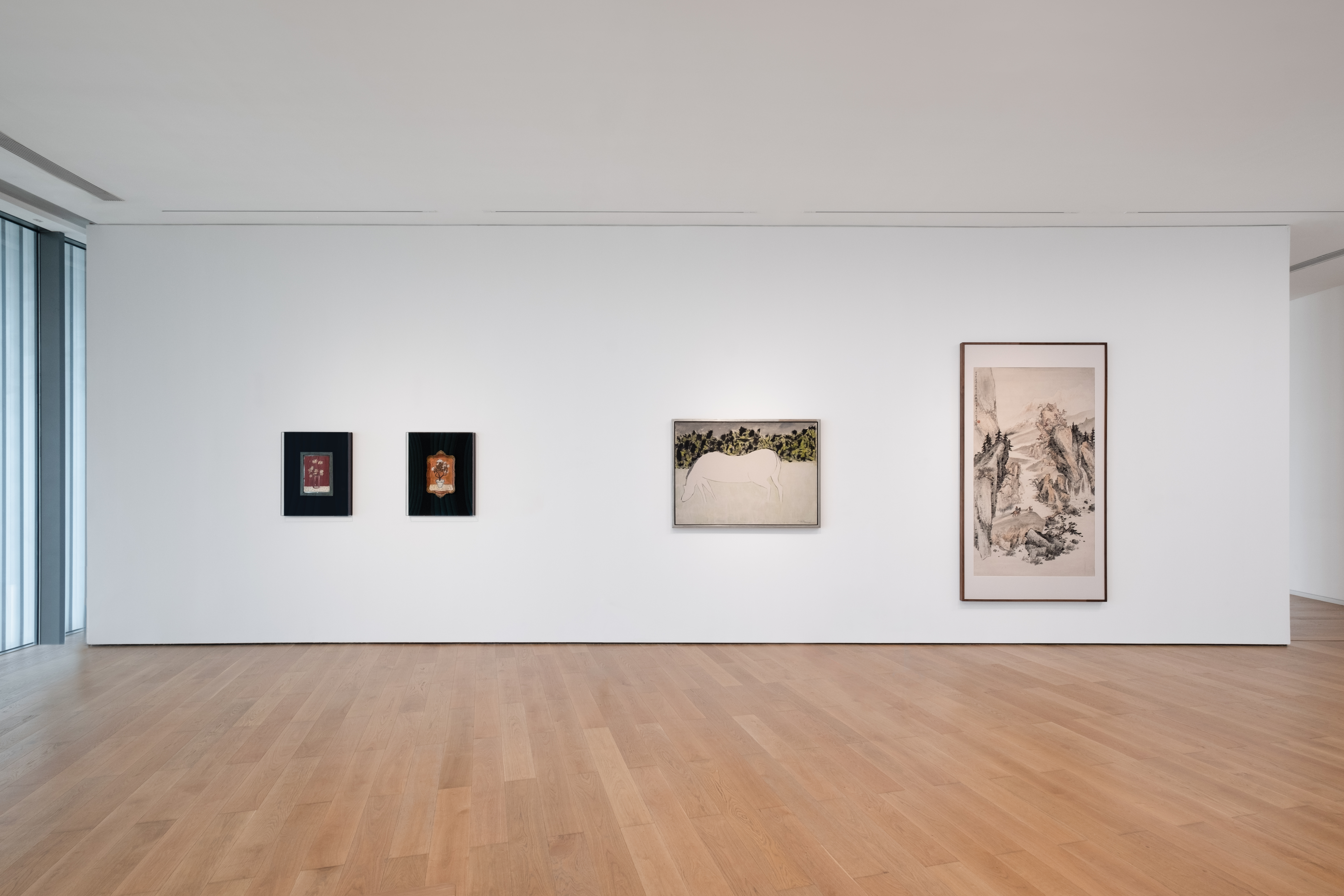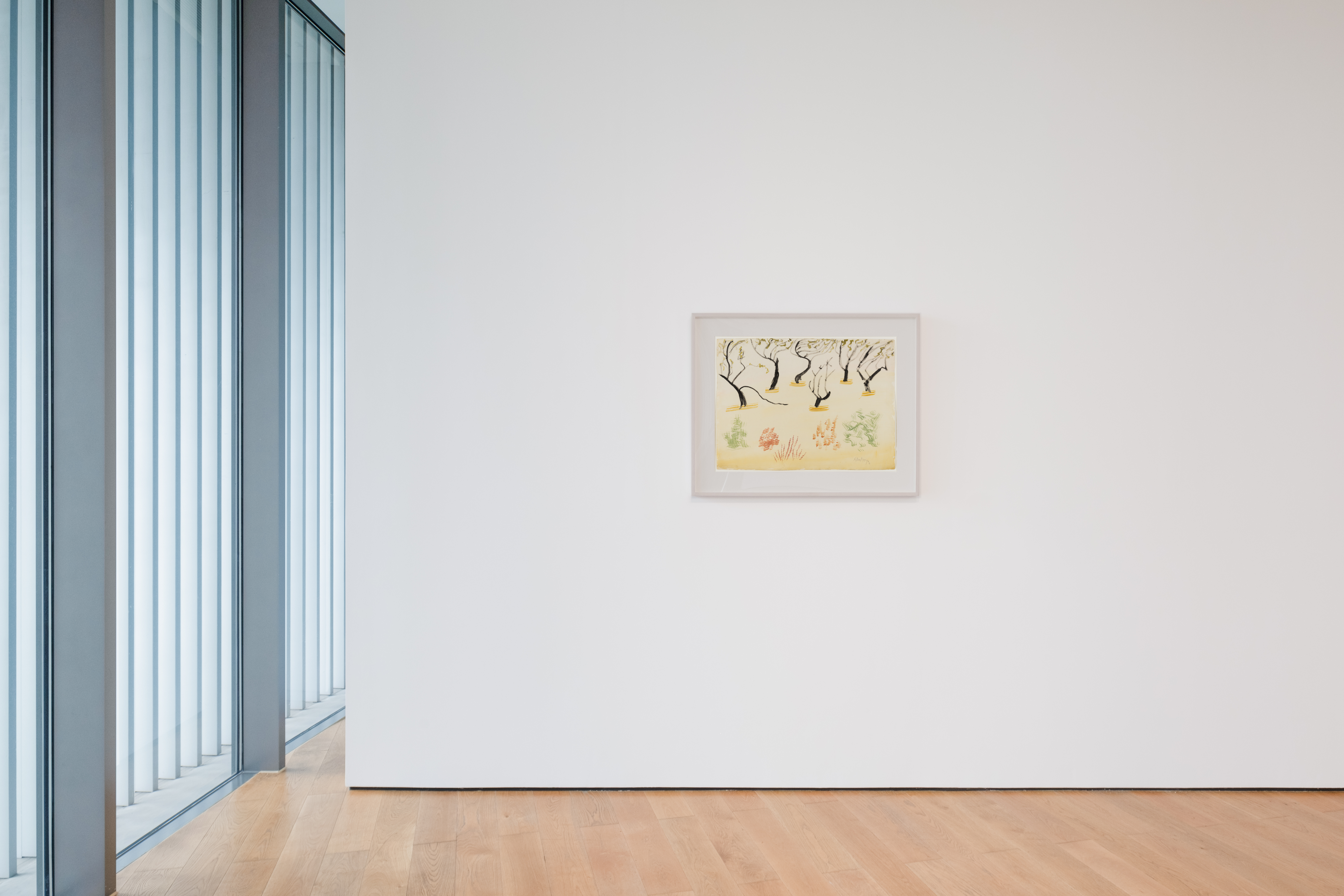Overview
All began with an imagined dialogue between East and West. My first encounter with Avery's paintings was in Belgium. As dusk settled, trees quivered in the breeze, and passersby hurried by in the streets. In that fleeting moment, Avery’s delicate brushstrokes and colors seemingly embrace a certain air of Oriental elegance.
Avery was born in 1885 into a working-class family in Altmar, New York. He painted almost daily for more than forty years. Abstract Expressionist master Mark Rothko cited him as an inspiration, yet he had never achieved wide fame in his lifetime.
In photographs, Avery rarely smiles. His thin lips pressed into a slightly nervous line. Perhaps the early loss of his father and brothers made him aware of life’s fragility from a young age, compelling him to devote his limited time to his art and family. “Work, for the night is coming when man’s work is done” was a jingle he often sang at home. He never joined any artistic movement, instead focusing on eliminating superfluous elements from his work to capture the essence of nature and art, seeking to convey the transient beauty of the world with his brushstrokes.
Meanwhile, in China, a new generation of landscape painters recognized the importance of immersing themselves in nature. They blended Western techniques with traditional Chinese methods. As they stepped into the wild, Chinese painting began its own transformation towards modernity.
“Why talk when you can paint?” The exhibition also features selected works from the He Art Museum’s collection. Stepping amongst five parallel universes, we invite visitors to traverse boundaries and embark a silent journey alongside Milton Avery.
Avery was born in 1885 into a working-class family in Altmar, New York. He painted almost daily for more than forty years. Abstract Expressionist master Mark Rothko cited him as an inspiration, yet he had never achieved wide fame in his lifetime.
In photographs, Avery rarely smiles. His thin lips pressed into a slightly nervous line. Perhaps the early loss of his father and brothers made him aware of life’s fragility from a young age, compelling him to devote his limited time to his art and family. “Work, for the night is coming when man’s work is done” was a jingle he often sang at home. He never joined any artistic movement, instead focusing on eliminating superfluous elements from his work to capture the essence of nature and art, seeking to convey the transient beauty of the world with his brushstrokes.
Meanwhile, in China, a new generation of landscape painters recognized the importance of immersing themselves in nature. They blended Western techniques with traditional Chinese methods. As they stepped into the wild, Chinese painting began its own transformation towards modernity.
“Why talk when you can paint?” The exhibition also features selected works from the He Art Museum’s collection. Stepping amongst five parallel universes, we invite visitors to traverse boundaries and embark a silent journey alongside Milton Avery.


